Our Blog

12140-A Parklawn Dr, Rockville, MD 20852
(855) 715-6683
info@treasuremoving.com
© 2025
Treasure Moving Company | All Rights Reserved
USDOT #(855) 715-6683 - MC #(855) 715-6683
Our Blog

12140-A Parklawn Dr, Rockville, MD 20852
(855) 715-6683
info@treasuremoving.com
Treasure Moving Company | All Rights Reserved
USDOT #(855) 715-6683 - MC #(855) 715-6683